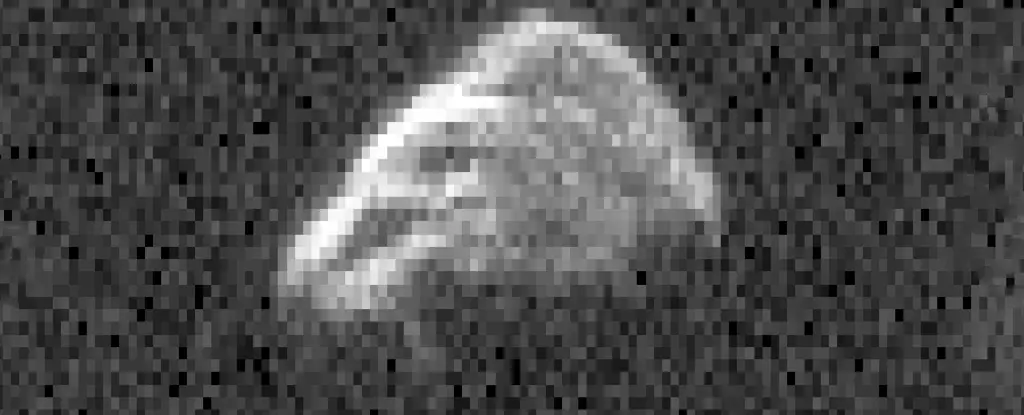Last week, Earth witnessed the close passing of two large asteroids named 2024 MK and 2011 UL21. While these asteroids did not pose a threat to our planet, they did come within range of radar imaging systems. The images captured by NASA during this event are not just souvenirs of the flyby, but they hold valuable information that scientists can use to study the properties of near-Earth rocks. This data is crucial in developing strategies for potential asteroid threats in the future.
Our planet’s vicinity in the Solar System may seem mostly empty, but it is not completely devoid of celestial objects. Occasionally, comets or asteroids pass by as they orbit the Sun. While the majority of these objects do not pose a danger, those that come within a certain distance of Earth or have significant brightness are classified as potentially hazardous. Even though their current trajectories may seem safe, unforeseen events could potentially alter their paths and put Earth at risk. Both 2024 MK and 2011 UL21 fell into this category, highlighting the importance of monitoring such objects.
2011 UL21 passed Earth at a distance of 6.6 million kilometers, while 2024 MK made a closer approach at 295,000 kilometers. Despite their proximity, imaging these objects is a challenging task. To capture detailed images of these large asteroids, NASA utilized radar telescopes to transmit and receive radio waves, allowing scientists to create comprehensive images. The close flyby of 2024 MK provided valuable insights into the asteroid’s physical properties, including its shape, surface features, and tumbling motion. These observations helped scientists predict the asteroid’s future trajectory and confirmed that it poses no immediate threat to Earth.
While 2011 UL21 was further away and yielded less detailed images, astronomers were able to spot a small moonlet accompanying the asteroid. This phenomenon of asteroids having moons is becoming more common as our imaging techniques advance. The presence of binary asteroid systems is not only fascinating but also essential for understanding Solar System evolution and enhancing planetary defense capabilities. By studying the relative positions of asteroid-moon pairs, scientists can glean insights into their origins, masses, and densities, shedding light on their formation processes.
The recent close encounter with 2024 MK and 2011 UL21 underscores the significance of radar imaging systems in studying near-Earth asteroids. These technological tools provide invaluable data that can help scientists analyze asteroid properties, predict their trajectories, and assess potential threats to our planet. As our understanding of these celestial objects continues to improve, we are better equipped to safeguard Earth from potential impacts and unravel the mysteries of the Solar System’s composition and evolution.


Leave a Reply